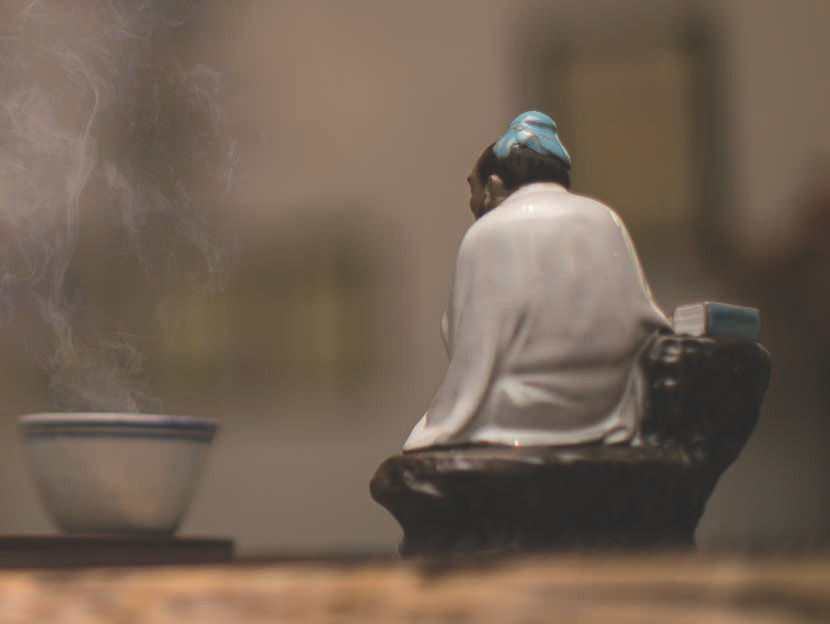
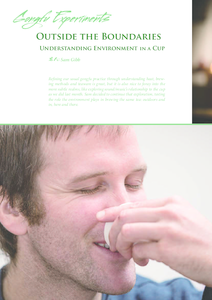 |
|
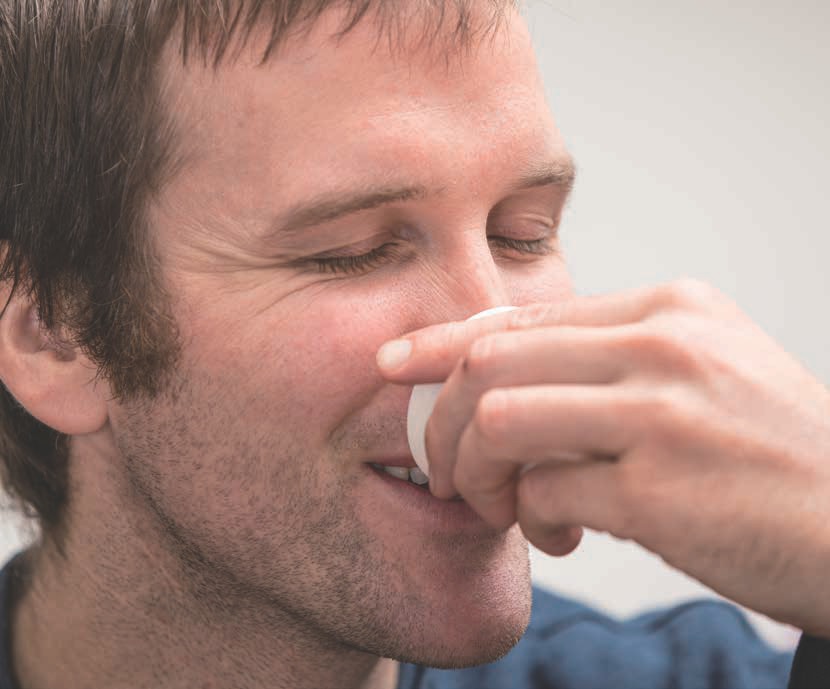
We often say bowl tea is about returning tea to its essence: leaves, heat and water. One thing I love (and at the same time find incredibly frustrating) about Zen and Tea both is that there is another, outwardly contradicting side: the sensitivity to the physical. Gongfu tea is about distinction, as all improvement is a movement from the gross to the subtle. If we're too lost in the essence, we miss the world and our chance to work with it. We create space with bowl tea, and then fill it with gongfu tea. These two practices dance together - seemingly contradictory, but actually in perfect companionship that results in the growth of both.
The essence of Cha Dao extends far beyond the water, leaves, teaware or the brewing method (gongfu or bowl tea). At a fundamental level, Cha Dao is about seeing everything as serving tea. This is a stage we have to spend our lives working towards, and yet can only be achieved in the present, right now. Another way to frame this would be to say that this moment is the only opportunity we have to view our life as service. So, as we often hear, both spiritual work and our tea practice are movements towards complete peace and clarity within the world of flow.
In the gongfu tea experiments, we often stick to seemingly gross elements: encouraging people to try different brewing vessels, ways of boiling water or brewing methods. These are the basics for us to begin experimenting with. These are the building blocks on which our gongfu tea practice is built. The basics need to be strong and re-enforced if our building is to last and continue to grow. "Advanced techniques are basic techniques mastered," as Wu De often says. We must continue to retry our experiments from new levels of mastery and sensitivity, ever and always honing our gongfu, our skill. But that doesn't mean we can't step out of the ordinary boundaries once in a while.
This month's experiment is one such foray into the even more subtle, allowing us to dig a little deeper into ourselves and our practice, asking the very open question: "What is the impact of location on gongfu tea?" We wanted to explore the effect the place had on the tea, mouth sensations, the subtle body and the overall session itself. In recent issues, Shen Su has been writing a number of articles on chaxi (the tea stage). As you may have read, the tea stage is much more than what is happening on the tea table or the runner you choose to put down. If you go to see a live play, the performance is more than what is apparent. Of course, we notice the actors, the costumes, the music and dialogue. But where does the stage end? Is the audience not part of the show, too? What about the environment where the play takes place? Maybe you go to see a play in Shakespeare's Globe Theatre and then see the same show at the Margravial Opera House in Germany. Or how about the Minack Theatre in Cornwall, which was built into a cliff face overlooking the sea? Several tons of rock from the beach below were hand-carried up the cliff by a retired woman and her gardener! Would these not be different plays/experiences? If so, how? A place has a magic all its own from the love and skill that went into its creation and decoration. The same should be true for our chaxi. The location in which we sit may be as much a part of our experience as the pot.
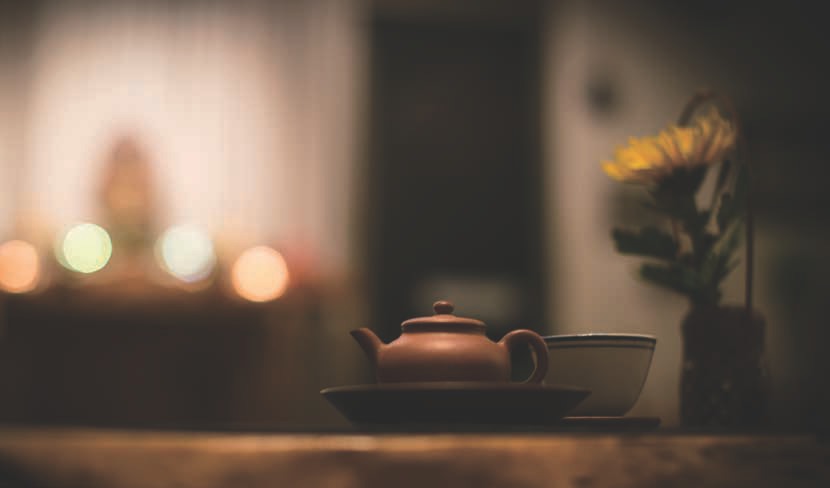
Stillness helps us become more aware of what is happening around us and simultaneously inside of us. We have all experienced this. If you have been on a silent meditation retreat or even just woken up early enough, you know that physical stillness offers deeper connection to our lives.
I started with three different locations and drank the same tea, gongfu, at the same time of the day. I considered mouth sensations as usual, seeing if they changed in the different locations. The first was at the main tea table at the Center, which is surrounded by tea and is only used for tea ceremony. Second, I decided to compare the kitchen table. While we do drink a lot of tea there, it is not exclusively used for this. People often walk in and out of the space, doing other things like making a snack or doing dishes! And third, I set up outside in the garden next door where we grow our food.
I brewed gongfu tea in each place, using the same three grams of a lightly oxidized oolong. I noted my general and specific impressions throughout the session, both emotional and mental - mouth sensations, the movement of Qi within my body and anything else I noticed.
This would be a great experiment to do with others. You can discuss the differences in being a host and guest in each location. There are so many variations you can try and elements with which to experiment. Start with focusing on gross differences such as indoors or out, time of day, etc. Also, please share your findings with the community on our website or through social media. This way, we can all develop a deeper understanding of what harmony with our environment truly means, learning from not only our own experience but from our community's as well!

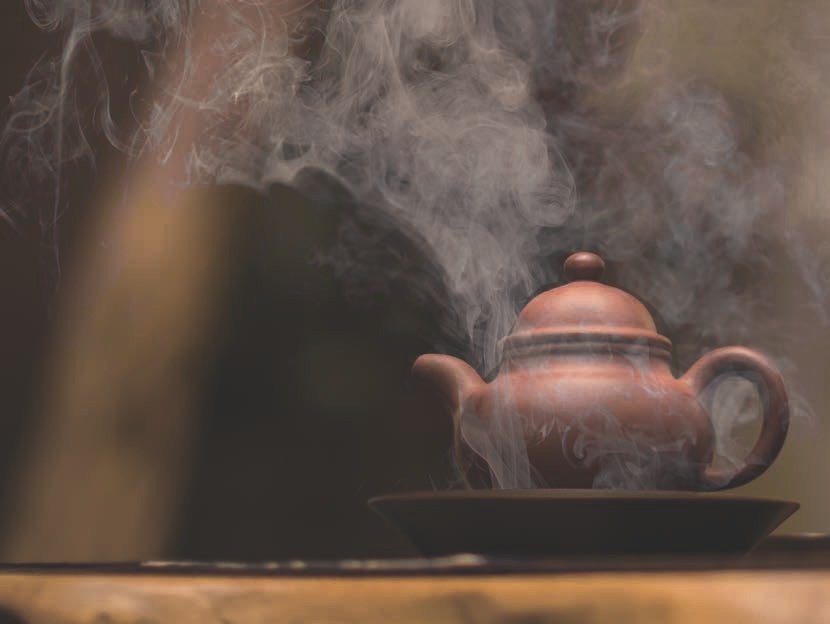
All and everything in a cup of tea. How does the world change the tea? And the tea change the world?
